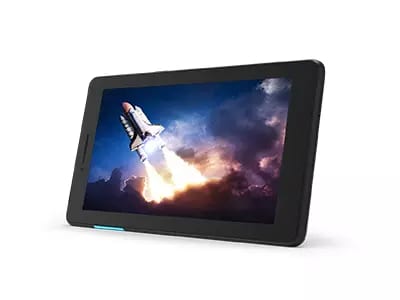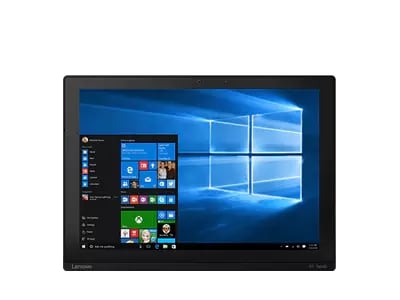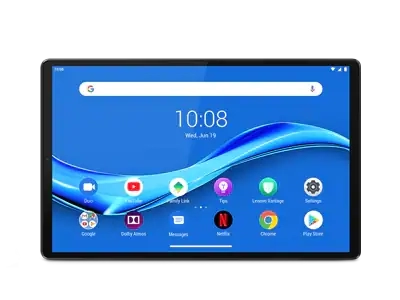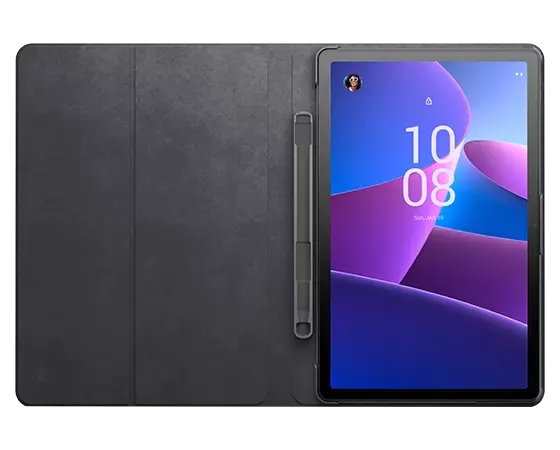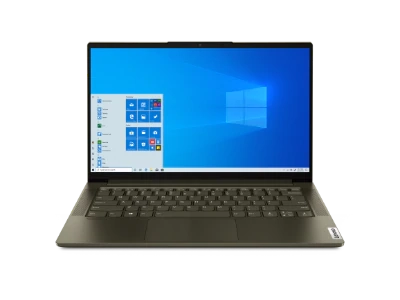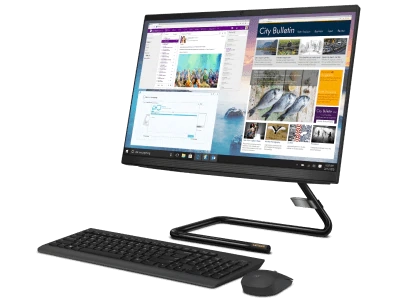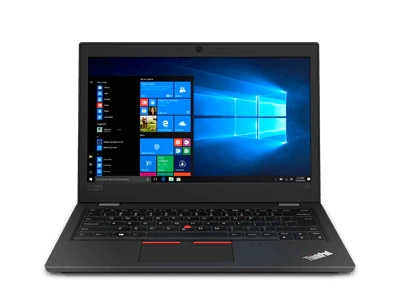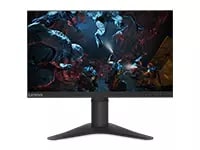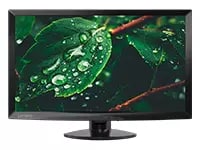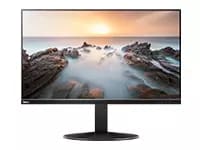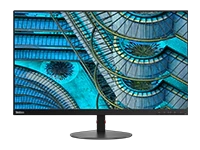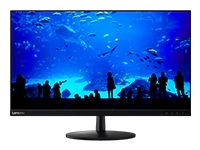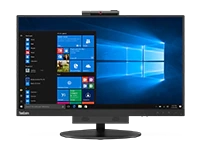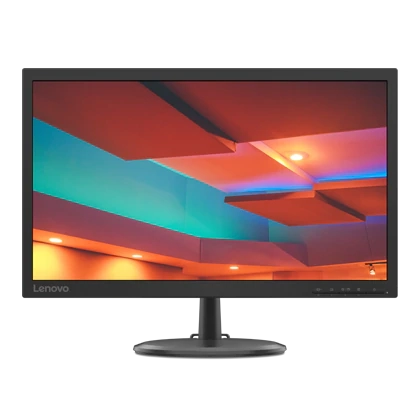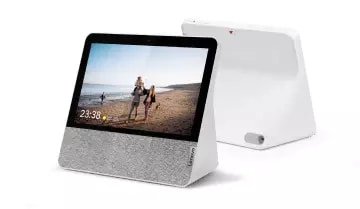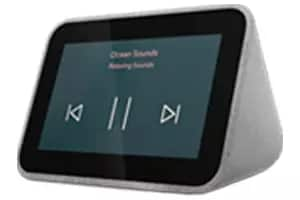What's the best gaming monitor?
Computer game players put unique demands on a monitor. The games are visually complex, so large, high-resolution displays are preferred to present the action realistically. Imagery in the games changes rapidly thanks to highly advanced graphics processors (GPUs), so the monitor needs to keep up to avoid frame disruptions. And the games are competitive -- even a minor glitch due to an ill-matched monitor could cost a player his or her virtual life.
Let us check some of the most important factors to consider before buying a monitor specifically for gaming. It's a high-level review, as each factor described here has multiple aspects and permutations. But it provides some solid, opening guidance for new gaming monitor shoppers.
How does a monitor affect game performance?
With so much action centered on the controller in the player's hands, it's easy to forget that each wrist and finger movement is dictated almost entirely by what can be seen on the monitor. If the display freezes or skips at a critical time, or if blur makes precision aiming impossible, a player could get knocked out of the game quickly.
Four standard monitor specifications are of special interest to gamers:
- Display resolution: It's possible to play games on a standard HD monitor (720p), but most gamers demand at least Full HD (1080p) for sufficient clarity, aiming, and so on. Gaming monitors with QHD (1440p) and UHD (2160p) resolutions are available but need to be matched with highly advanced graphics processors to get the most out of them.
- Refresh rate: For gaming in general, the minimum refresh rate (i.e., how quickly the display can change the color of an individual pixel) is 60Hz. But 120Hz is far superior for competitive players, particularly if the game is in 3D. There are also 144Hz models that many gamers prefer, not just for the slightly faster rate but because it maxes-out the refresh capabilities of DVI-D connections carrying 1080p video, a popular combination. Monitors with 240Hz refresh rates are available but gamers debate their value, with some appreciating the extra game-action precision and others deciding that 120Hz or 144Hz is perfectly suitable for the games they play.
- Response time: Everyday monitors are sufficient if they offer response times (i.e., the time it takes to move from one still image to the next) in the 6-8ms range. Gamers typically demand response times of 5ms or less. Models with response times as low as 1ms are available but pricey.
- Connection options: Unless you're buying a new monitor and game box or PC at the same time, the connection option you choose for your gaming monitor will need to match the output(s) of your existing system. The typical options, which vary by manufacturer, are HDMI, DVI-D, and DisplayPort. A newer, multi-functional connection option, USB Type-C (USB-C), is also being offered and can transmit signals compatible with the earlier formats without the need for adapters.
Solutions for tearing and stuttering
Gamers are vexed, in particular, by two troublesome monitor performance issues:
- Tearing: When a single frame shows parts of two or more different frames. Tearing is sometimes caused when frames-per-second performance drops below the standard 60 FPS required to smoothly display on-screen action.
- Stuttering: When the generation of new frames is disrupted by slow rendering (or other processing problems) but the monitor continues to refresh at its standard rate, causing frames that appear to repeat or get skipped.
Generally speaking, tearing and stuttering diminish as the refresh rate of a display increases, but the problems still persist even in rapid-refresh models. So, manufacturers have designed adaptive synchronization solutions such as AMD FreeSync and Nvidia G-Sync. In simplest terms, these technologies force the monitor to adapt its refresh rate and other settings, on the fly, to meet the performance of the GPU, rather than refreshing at the standard rate and potentially creating visual disruptions. Be aware, however, that FreeSync and G-Sync are specific to the GPUs of their manufacturers, so if you're matching a new monitor to your existing PC, make sure the synchronization technology you choose matches the AMD or Nvidia GPU you are using.
Additional monitor features important for computer gaming
Beyond the four key specification categories discussed earlier (resolution, refresh rate, response time, and connection options), there are a number of other features gaming monitor buyers should consider:
- High Dynamic Range (HDR): A selection of monitors boasting High Dynamic Range (HDR) capabilities have recently entered the marketplace. HDR monitors can display vastly more shades and hues thanks to their use of 10-bit color rather than 8-bit color (which in itself was an advance over older, 6-bit color monitors).
- Ergonomic stands: Game players spend long hours in front of their screens and should look for monitors with extensive ergonomic adjustability for selecting their preferred height (higher/lower), tilt (forward/backward), swivel (right/left) and pivot (horizontal/vertical).
- Edgeless/borderless: For gamers who use multi-monitor set-ups, so-called edgeless or borderless displays can be useful because they have little to no plastic bezel around the edges on three sides (some on all four).
- Visual comfort: Monitors that earn TUV Eye Comfort Certification are confirmed to minimize blue light and flicker -- and to have the kind of wide viewing angles and ergonomic adjustability that allow users to adjust their physical positions to reduce reflections and glare.
- Webcams and speakers: Most serious gamers have already invested in external webcams and speakers. But they don't diminish the quality of monitors equipped with them, and monitors with an Audio Line-Out can provide an alternate method of connecting external speakers.


Limits: Orders limited to 5 computers per customer. For larger quantities, go to the “Where to Buy” section of the website for details of resellers and retailers of Lenovo products
Offerings and Availability: All offers subject to availability. Offers, prices, specifications and availability may change without notice. Product offerings and specifications advertised on this website may be changed at any time and without notice. Models pictured are for illustration purposes only. Lenovo is not responsible for photographic or typographic errors..
PCs shown here are shipped with an operating system.
Prices: Web prices advertised include VAT. Prices and offers in the cart are subject to change until the order is submitted. *Pricing - savings referenced off regular Lenovo web prices. Reseller prices may differ from those advertised here.
**Battery: These systems do not support batteries that are not genuine Lenovo-made or authorised. Systems will continue to boot, but may not charge unauthorised batteries. Lenovo has no responsibility for the performance or safety of unauthorised batteries, and provides no warranties for failures or damage arising out of their use. **Battery life is based on the MobileMark® 2014 methodology and is an estimated maximum. Actual battery life may vary based on many factors, including screen brightness, active applications, features, power management settings, battery age and conditioning, and other customer preferences.
Finance is provided by Duologi. Duologi is the trading name of Specialist Lending Ltd.
General: Review key information provided by Microsoft® that may apply to your system purchase, including details on Windows 10, Windows 8, Windows 7, and potential upgrades/downgrades. Lenovo makes no representation or warranty regarding third-party products or services.
Trademarks: Lenovo, ThinkPad, IdeaPad, ThinkCentre, ThinkStation and the Lenovo logo are trademarks of Lenovo. Microsoft, Windows, Windows NT, and the Windows logo are trademarks of Microsoft Corporation. Ultrabook, Celeron, Celeron Inside, Core Inside, Intel, Intel Logo, Intel Atom, Intel Atom Inside, Intel Core, Intel Inside, Intel Inside Logo, Intel vPro, Itanium, Itanium Inside, Pentium, Pentium Inside, vPro Inside, Xeon, Xeon Phi, Xeon Inside, and Intel Optane are trademarks of Intel Corporation or its subsidiaries in the U.S. and/or other countries.© 2023 Advanced Micro Devices, Inc. All rights reserved. AMD, the AMD Arrow logo, Athlon, EPYC, FreeSync, Ryzen, Radeon, Threadripper and combinations thereof are trademarks of Advanced Micro Devices, Inc. Other company, product or service names may be trademarks or service marks of others.








